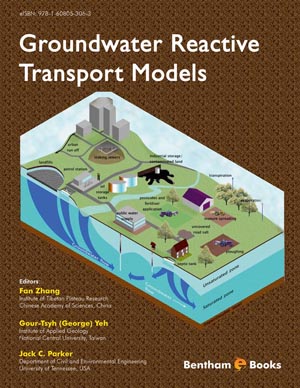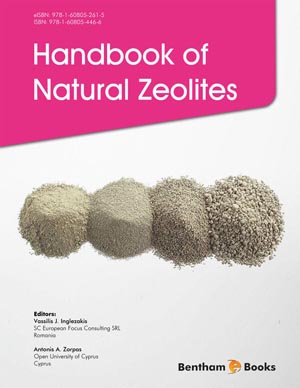Abstract
In the early/middle Late Pleistocene, when the small cave bears U. s. eremus/spelaeus Rabeder et al. 2004 used a part of the Sophie’s Cave as den, different large and small carnivors were mainly cave dwellers or short-time occupants. With the beginning of the Late Pleistocene glacial period (113.000 BP, terrace elevation 415 m a.s.l.), Ice Age wolves used one area in the cave as a den at the end of the Bear`s Passage. Canis lupus spelaeus Goldfuss 1823 being represented only by grown up animal bones left larger amounts of phosphatic excrements in the cave bear bonebed especially in the Bear’s Passage, but up to the Millionary Hall. A high percentage of about 26% of the cave bear bones have large predator bite damages. Mainly Ice Age wolves and Ice Age spotted hyenas scavenged the small cave bear subspecies carcasses. They produced larger bite damages on the vertebral column (inner side) proving an initial intestine/inner organ feeding. Steppe lions hunted cave bears even deeper in the cave where cave bears hibernated, whereas this can not be proven, only indirectly on large canine bite marks, which also might have resulted from those felids. Some cave area (also especially Bear’s Passage) was used as a weasel Mustela erminea Linnaeus 1758 den, whereas the Ice Age porcupine Hystrix (Acanthion) brachyura Linnaeus 1758 dwelling is proven indirectly again only in the Bear’s Passage with typical large rodent bite marks on two cave bear cub humeri. At the end of the middle Late Pleistocene, the former still unknown Bear’s Passage entrance was blocked, which did not allow the smaller cave bears, carnivores or porcupines to penetrate the cave anymore, all inhabited/dwelled only a cave branch between approx. 113.000-32.000 BP.
Keywords: Late Pleistocene, sedimentology, Ailsbach Valley geomorphology, cave bear species/subspecies, cave bear clock, cave bear den, hibernation nests.












